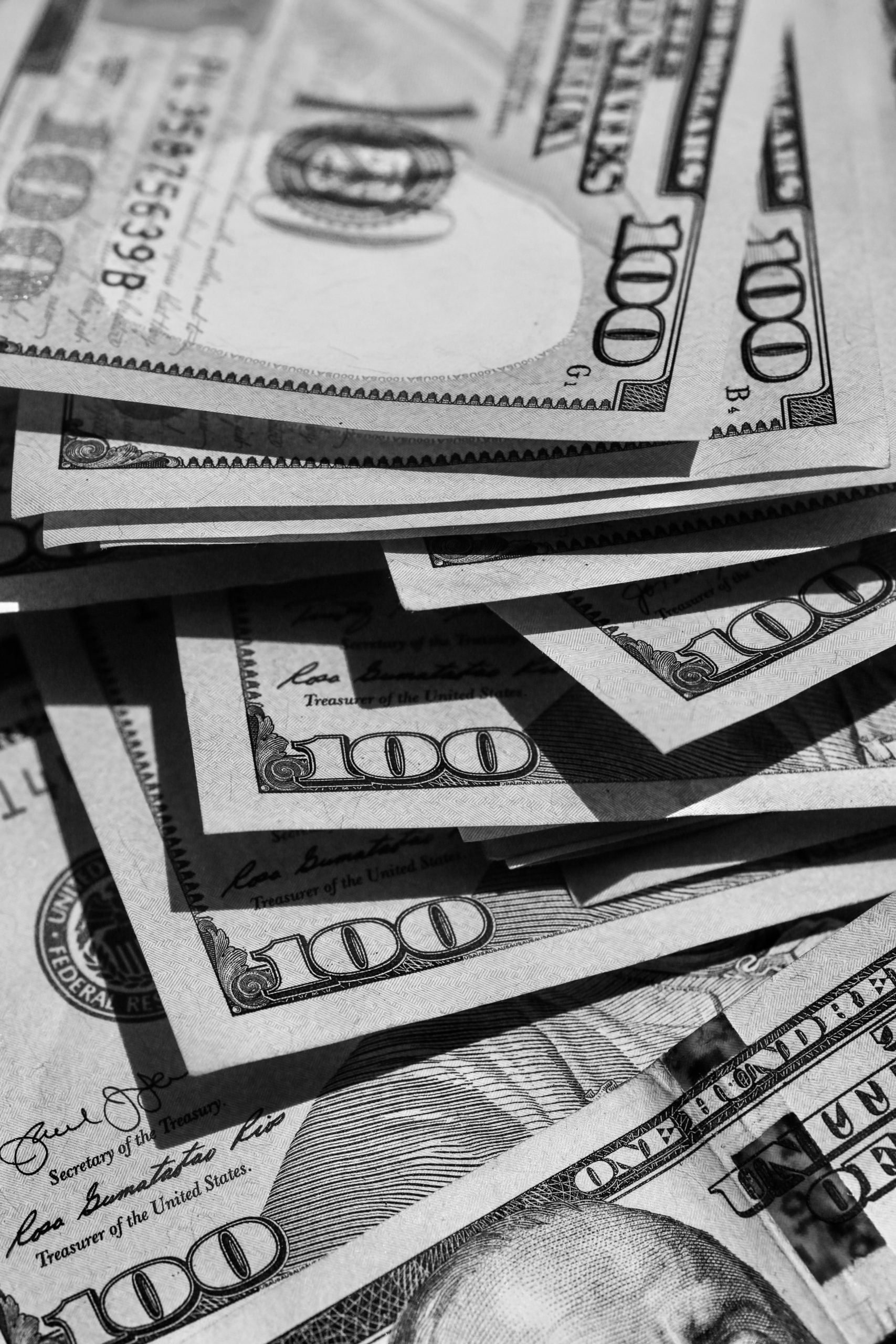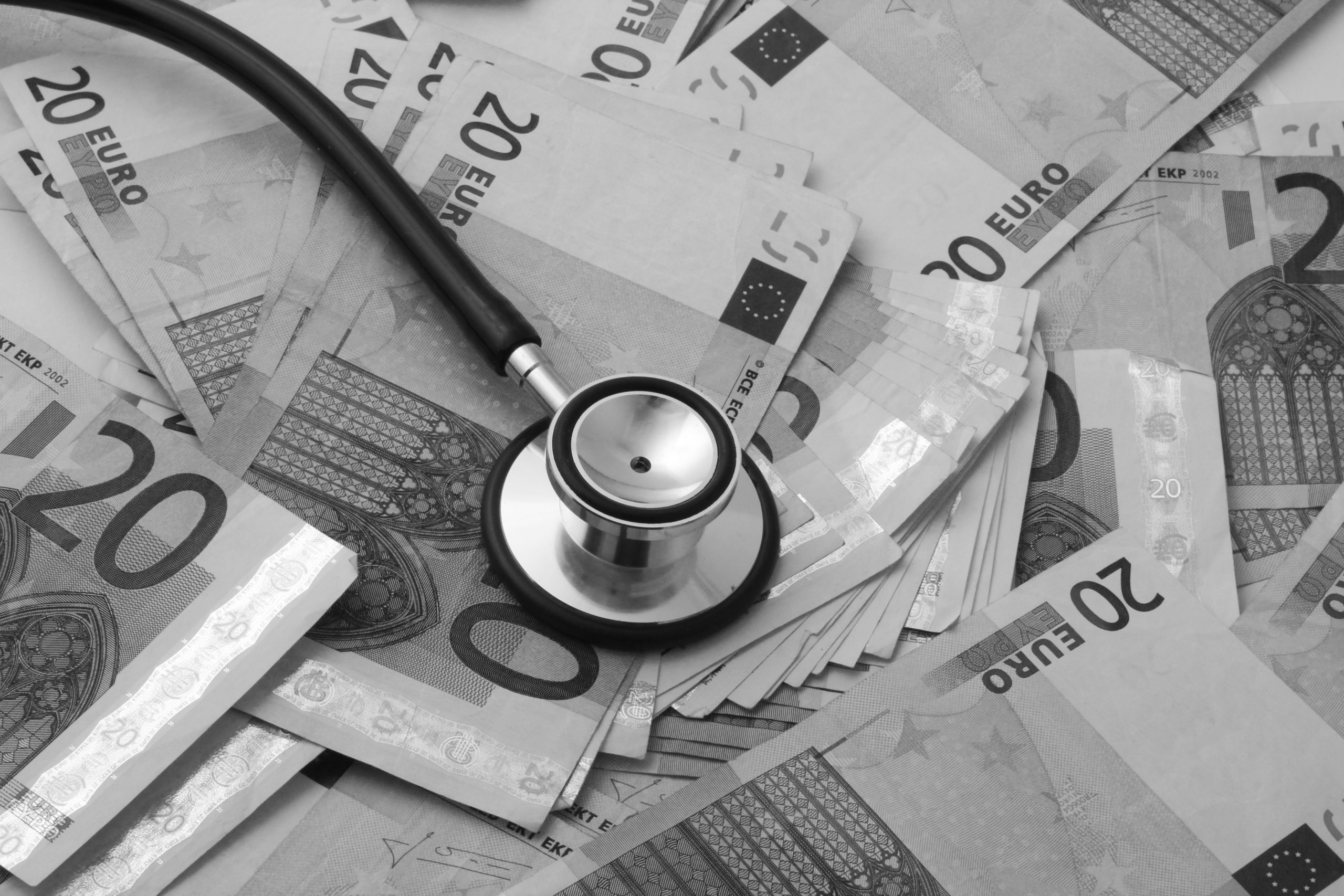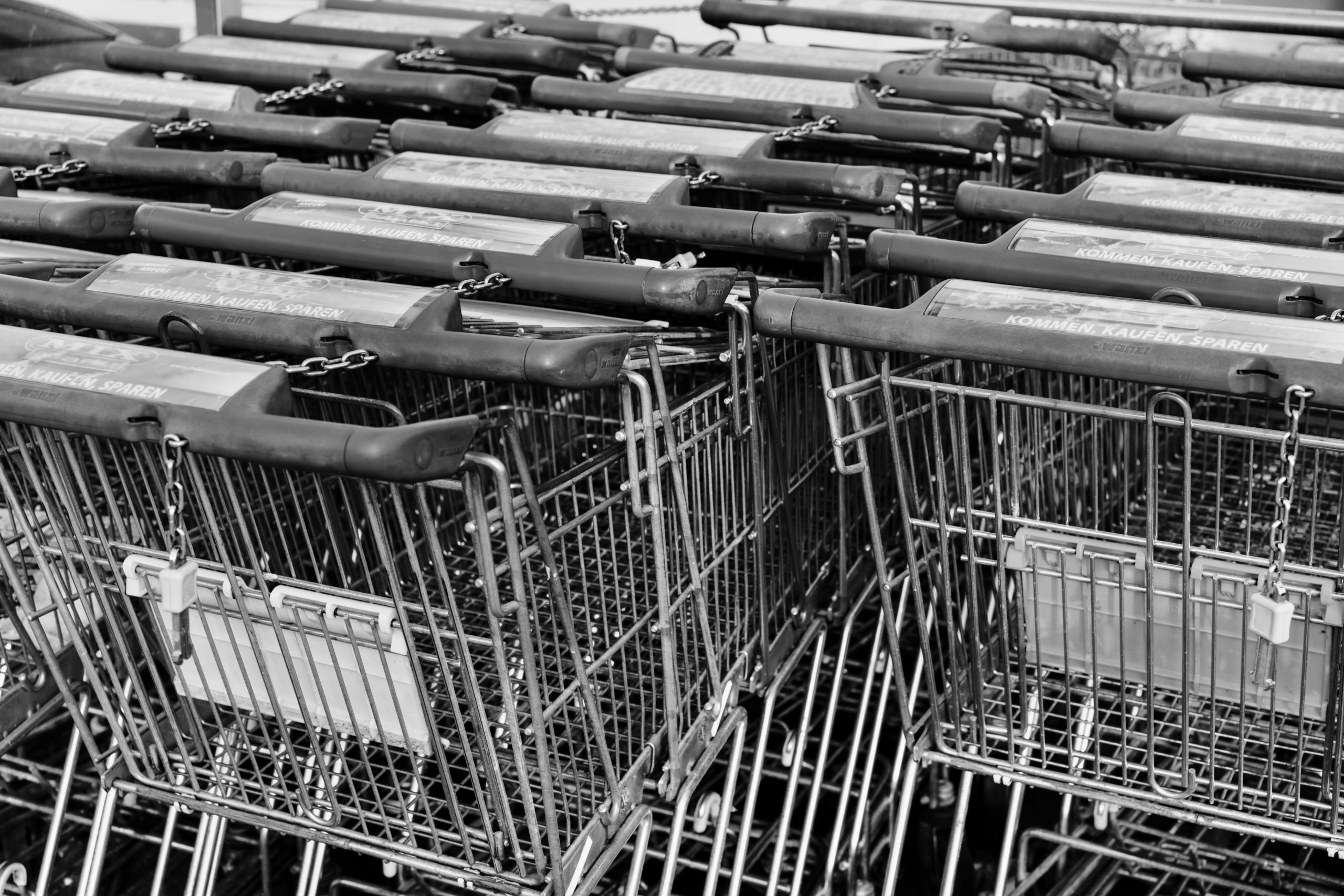Definition:
A contingent beneficiary is a person who gets a life insurance payout or the balance of a pension account if the primary beneficiary does not wish or is unable to do so. This may also be relevant if the primary beneficiary has died.
Why do you need a contingent beneficiary?
Many bank deposits enable you to choose a beneficiary. The most apparent example is a life insurance policy that you purchase with the intention of providing financial advantages to your family members in the case of your death. This money can be used to pay for a memorial or to replace your income if you have financial responsibilities.
Some accounts also enable you to specify the beneficiary. When you form a 401(k) plan or an individual retirement account (IRA), your assistant normally permits you to choose the beneficiary who will get these assets after your death.
Even if you assume who will receive your assets in the case of your death, there is always the possibility that they will not be able to take possession of them. For example, your primary beneficiary may pass away before you. As a result, you should additionally name a contingent beneficiary. If the primary beneficiary dies before you, this individual will receive your life insurance payout or other assets. The assets can also be given up voluntarily by the main beneficiary, in which case they would go to your contingent beneficiary. You should always have a backup strategy in place for any legacy assets you own. If you haven’t named a beneficiary, or if your main beneficiary has died, and you don’t choose a contingent beneficiary, your assets may not reach those you expected, may be lost, or may result in additional fees.
If this occurs, the individual may have to go to court to obtain your property, even if it’s your adult kid whom you plan to hand the assets to. That wouldn’t just be a complex procedure, but he would also have to pay legal expenses.
Contingent beneficiary VS. primary beneficiary
You can choose one primary beneficiary who will get all of your earned assets. You can even appoint many persons, each of whom will receive a proportion of the assets. If you don’t indicate which portion each of them should receive, they will often receive equal amounts.
Your primary beneficiary is the one to whom you choose to transmit inherited property after your death. The contingent beneficiary will only receive the assets if the primary beneficiary is unable to take the benefit, such as if they died before you, or if they give up the assets.
Contingent beneficiary VS. co-beneficiary
Only if your main beneficiary dies before you or abandons the inheritance your contingent beneficiary can get your assets. Nonetheless, it is allowed to have a secondary primary beneficiary. This candidate is a co-borrower. The co-beneficiary can help in a variety of ways. First, if you die, your two co-owners can divide your assets equally. You can also indicate what proportion of your assets each recipient will get. Instead, you can state which particular assets will be given to which recipient in your will.
Who should be your contingent beneficiary?
You can name anybody as a contingent beneficiary. The primary beneficiary is usually someone close to you who relies on your earnings. It is frequently your spouse or child. Your dependent beneficiary is generally someone close to you, such as a parent or a sibling or sister. In the end, you can name anyone as a contingent beneficiary for your accounts.
The single exception is that minors under the age of 18 cannot lawfully accept an inheritance. You can identify the kid as your dependent beneficiary, but you must also establish some ground conditions. You must choose someone as the child’s legal guardian or trustee who will take the money on his behalf.
A person must be at least 21 years old in some instances to benefit from a life or property insurance coverage. For example, an 18-year-old Colorado citizen can only inherit up to $10,000. If the amount is larger, they must wait until 21 to get it.
If you choose, you can name more than one contingent beneficiary. A parent may name their spouse as the principal beneficiary of their inheritance. Any of your adult children can be named as dependent beneficiaries. If your spouse passes away before you, each of your contingent beneficiaries will receive an equal share of your assets.
In most circumstances, you can modify your dependent beneficiary at a later date. Contact an insurance company or other institution that holds your inherited assets, such as a life insurance policy, to make the change. The only exception is if your account is irreversible, as certain insurance plans and trusts are. Indeed, it would be excellent to overestimate your primary and contingent beneficiaries sometimes. A lot might occur in a few years, which may force you to change your beneficiaries.
What is a tertiary beneficiary?
If the main and contingent beneficiaries can’t or are unwilling to take your inherited assets, the tertiary beneficiary will. Take this candidate to be a contingent beneficiary.
A tertiary beneficiary is unlikely to inherit your assets in the long run. When you, your primary beneficiary, and your contingent beneficiary all die in the same incident or very near together, this is an option.
Imagine you are a married couple with two children. One of your children is beyond the age of 18, while the other is under the age of 18. Your primary beneficiary is your spouse, and your adult kid is a contingent beneficiary. If you, your spouse, and your adult child all die in a vehicle accident, your assets will be distributed to the third beneficiary (if you have one).










